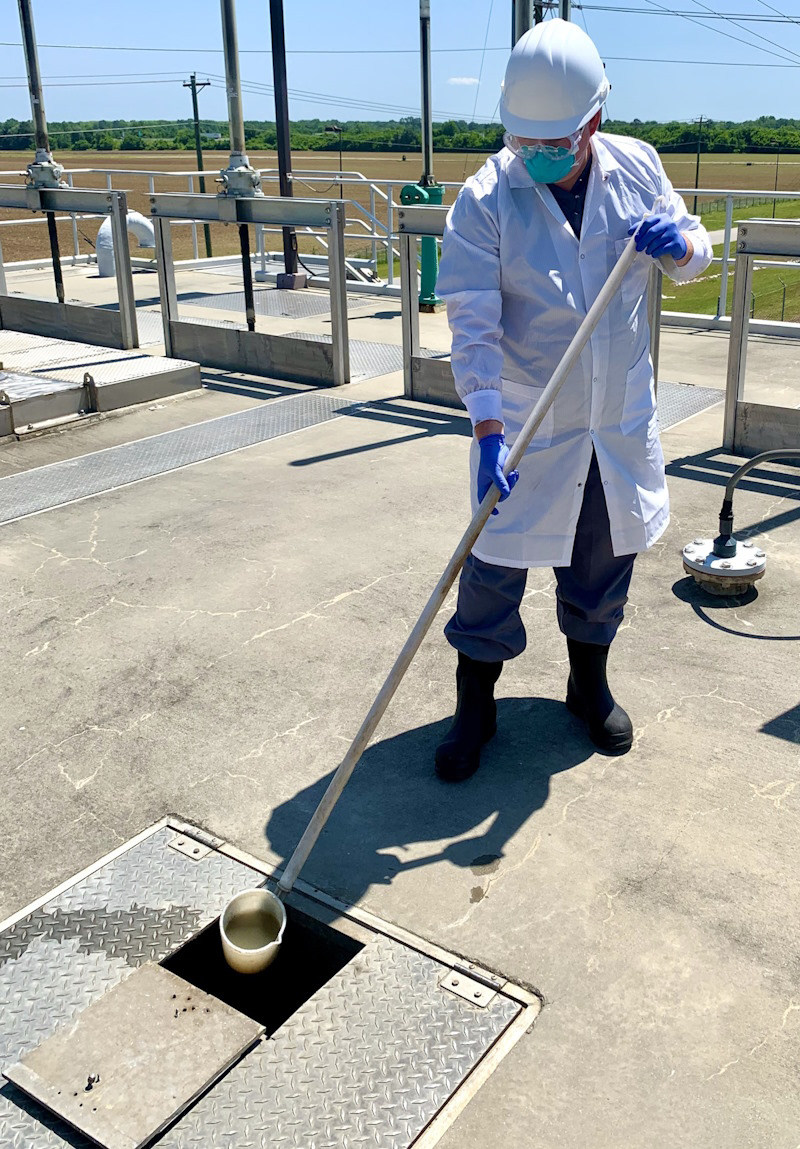July 3, 2024 | Erin Bluvas, bluvase@sc.edu
Environmental health sciences associate professor Sean Norman is one of the lead investigators on a multi-agency* project to use disease modeling to improve outbreak preparedness in the state. Funded by the Centers for the Disease Control and Prevention and led by Lior Rennert (Clemson University), the $17.5 million grant will fund the launch of one of 13 new centers across the nation as part of the CDC Insight Net Program. South Carolina’s center is known as DMA_PRIME (Disease Modeling and Analytics to Inform Outbreak Preparedness, Response, Intervention, Mitigation and Elimination).

“The DMA-PRIME center is funded through the CDC Center for Forecasting and Outbreak Analytics and aims to improve real-time infectious disease outbreak response by supporting always-on data collection, outbreak detection and forecasting mechanisms for swift integration into public health response,” says Norman, whose lab uses wastewater surveillance to monitor microorganisms such as SARS-CoV-2 and antibiotic resistant bacteria from the building-level all the way to metropolitan areas across the U.S.
As the lead investigator for wastewater surveillance core, Norman will enhance and expand South Carolina’s infrastructure for detecting infectious agents that could impact public health. His team will work closely with stakeholders and other researchers throughout the state to develop a wastewater surveillance network that engages in routine monitoring of community health and has the capacity to rapidly deploy in response to public health emergencies.
"In this work, we will be developing a comprehensive monitoring plan ranging from the community level to the building level for better spatial resolution of disease dynamics that can lead to more targeted intervention programs," Norman says.
By monitoring for respiratory viruses (e.g., SARS-CoV-2, influenza, RSV) and other priority infectious agents at various geographic locations, the wastewater surveillance team can help public health leaders and health care providers stay head of emerging threats in areas as small as a single apartment complex to the size of an entire region, such as the Lowcountry or Midlands.
With all center cores feeding their data back into the broader DMA-PRIME network, epidemiologists and data scientists can integrate the information with other sources (e.g., electronic health records, social media data, rural mobile health records) to develop disease forecast models that can inform interventions and mitigation strategies.
"The overall goal is to develop a sustainable non-intrusive health surveillance network that is always operating behind the scenes to better protect the health of South Carolina citizens,” Norman says.
*Partners include Clemson University (lead), Clemson Rural Health, Prisma Health, University of South Carolina, Medical University of South Carolina, South Carolina Department of Health and Environmental Control and the South Carolina Emergency Management Division.
The USC team includes Sean Norman (Environmental Health Sciences), Stella Self and Melissa Nolan (Epidemiology and Biostatistics), and Kevin Bennett (School of Medicine-Columbia).
